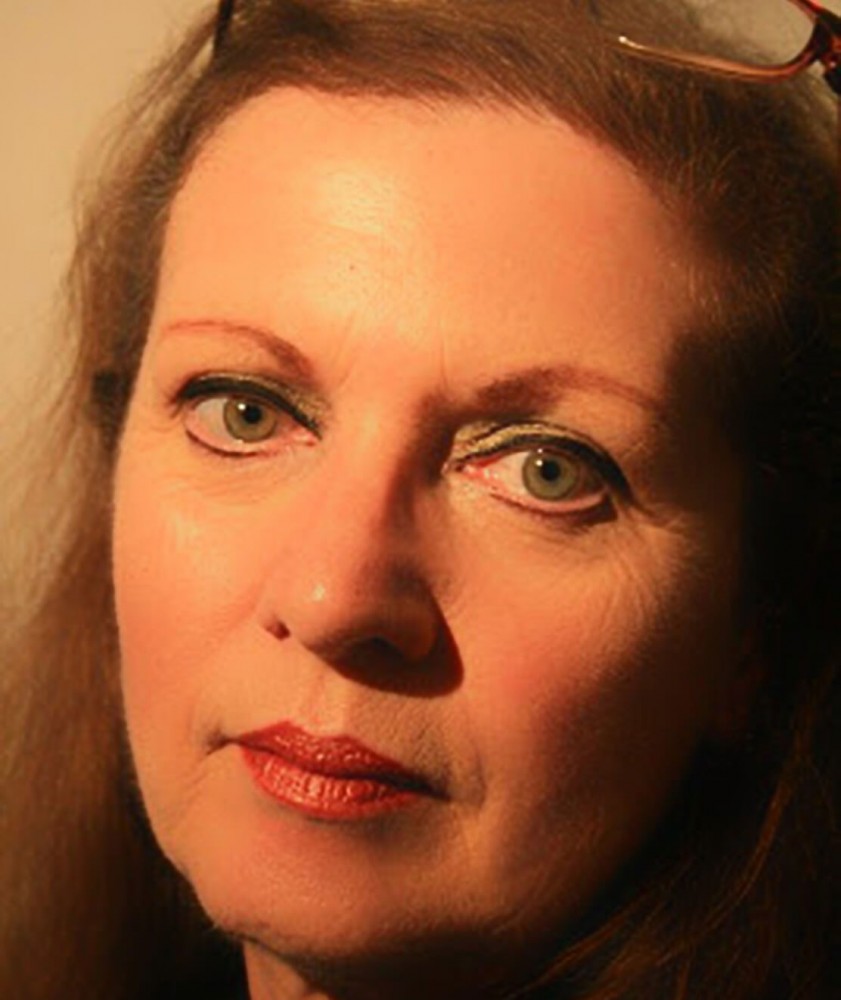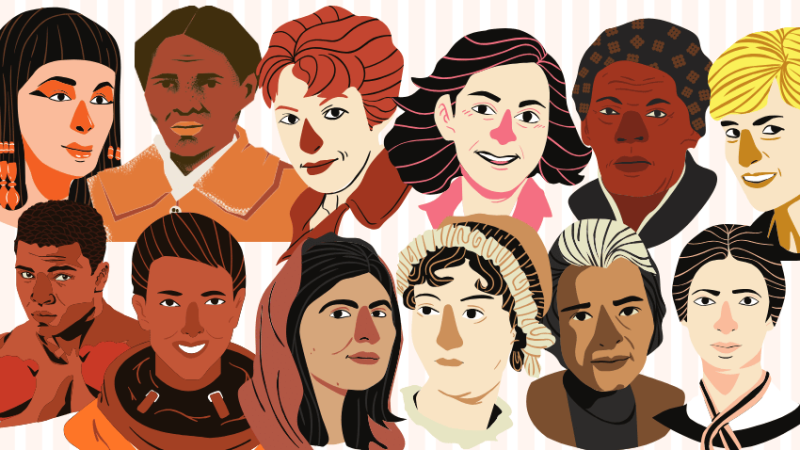Teach History Through Fiction

History has always been a source of inspiration for novelists – so why not use their stories to awaken new enthusiasm for the subject in your students, asks Lynn Brittney…

Teaching history can be hard at the best of times. It has become an undervalued subject in the curriculum, fuelled by the fact that (possibly at least in part due to the emphasis placed on English and maths for accountability measures) primary schools seem to have marginalised it so much that secondary schools are having to play catch up in Years 7 and 8. How to awaken interest, then, in a subject barely covered in the early years of a child’s education?
This brings me neatly to the value of historical fiction in the teaching of history – and books, perhaps, to be recommended to pupils to awaken an interest in a particular topic. There are, to my mind, two types of historical fiction to consider.
One is where an author has taken real characters from history and ‘fictionalised’ their thoughts and motivations in a specific period. The second is where a writer has created a fictional character or characters and gets them to live through a real moment in history.
Real characters
Let’s look at the first one – real characters in history. Possibly the greatest author in this field is Jean Plaidy, my personal favourite. She wrote an astonishing number of books during her life, of which 91 were historical novels. She covered virtually every period of British history and some European.
The research for her novels was extensive and, unusually, her early editions carried a bibliography in the back of all the works by eminent historians that she had consulted. Her stories are vivid and compelling, and the perfect fuel for imagination.
Another author with this talent is Philippa Gregory. In 2013, Helen Brown of The Telegraph wrote that ‘Gregory has made an impressive career out of breathing passionate, independent life into the historical noblewomen… remembered only as diplomatic currency and broodmares.”
However, much as I admire the two authors above, they tend to excel, mostly, in writing female characters, which does not necessarily help when trying to coax boys into an appreciation of history.
When we move into novels in which fictional characters live through real moments in history, we perhaps fare better.
Bernard Cornwell’s Saxon novels, in which a fictional warrior called Uhtred becomes involved in the making of England under the leadership of Alfred the Great, have been brilliantly translated into The Last Kingdom series for TV.
The books are bloodthirsty, no doubt, but a powerful depiction of life in Anglo Saxon/Viking England, which was indeed often brutal.
Another of Bernard Cornwell’s strong fictional male characters is Captain Richard Sharpe, the hero of the many Sharpe books (and the TV series) set mostly during the Peninsular War (1807-1814).
Ordinary struggles
But it doesn’t have to be just swordplay that entices boys into reading historical novels. A recently published book, The Malinovsky Papers, by H Jones, has as its hero a teenage boy who lives through the Russian Revolution and the fate of the Imperial family.
It has been praised for its detailed account of what the Revolution was like for ordinary people, and the moving story of a young man struggling to come to terms with tragedy. And perhaps we should not forget the novels of Mary Renault, set in Ancient Greece.
They have been praised, in their time, for their accuracy in depicting the life and times of the Greeks, but also for a sympathetic portrayal of male homosexuality.
Sometimes, it can seem difficult to find historical novels that might appeal to both boys and girls; but it’s not impossible.
Geoffrey Trease, for example, wrote over 100 historical novels for children and deliberately set out to appeal to both sexes by always writing a strong female character into the plot as well as an appealing hero.
In my own Nathan Fox trilogy, about the Elizabethan boy actor trained as a spy, he is always joined in his adventure, much to his chagrin, by his feisty and skilled older sister.
Bernard Cornwell probably says it best, on his own website: “One of the joys of historical fiction is that it leads people to reading the ‘real’ history – the non-fiction books.”
Lynn Brittney (@LynnBrittney2) is a novelist and playwright. The Nathan Fox trilogy, an Elizabethan spy series for readers aged 9+, is published by Iris Books.











